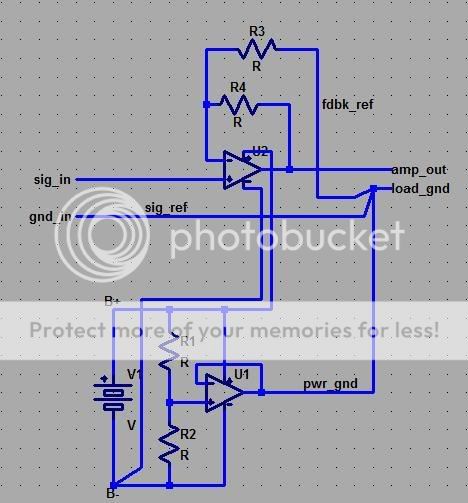dg3f
New Head-Fier
- Joined
- Sep 19, 2007
- Posts
- 13
- Likes
- 0
From Xin's fixup.net:

Quote:
what's 4-channel?
how can it make these shocking specifications?
this is the 4-ch schematic i guess from some information on the website:

compare to common 3-ch :

the main advantage of my "4-ch sch" is "not only isolate signal ground from the varying output ground as 3-ch do,but also isolate the latter from the former",but can this make that extremely high specifications?

Quote:
| You can see all the specs, tonal balance, S/N, dynamic range, THD, IMD and channel separation, are all at the extreme edge, unseen in the past. 4-channel technology does make huge differences! |
what's 4-channel?
how can it make these shocking specifications?
this is the 4-ch schematic i guess from some information on the website:

compare to common 3-ch :

the main advantage of my "4-ch sch" is "not only isolate signal ground from the varying output ground as 3-ch do,but also isolate the latter from the former",but can this make that extremely high specifications?




